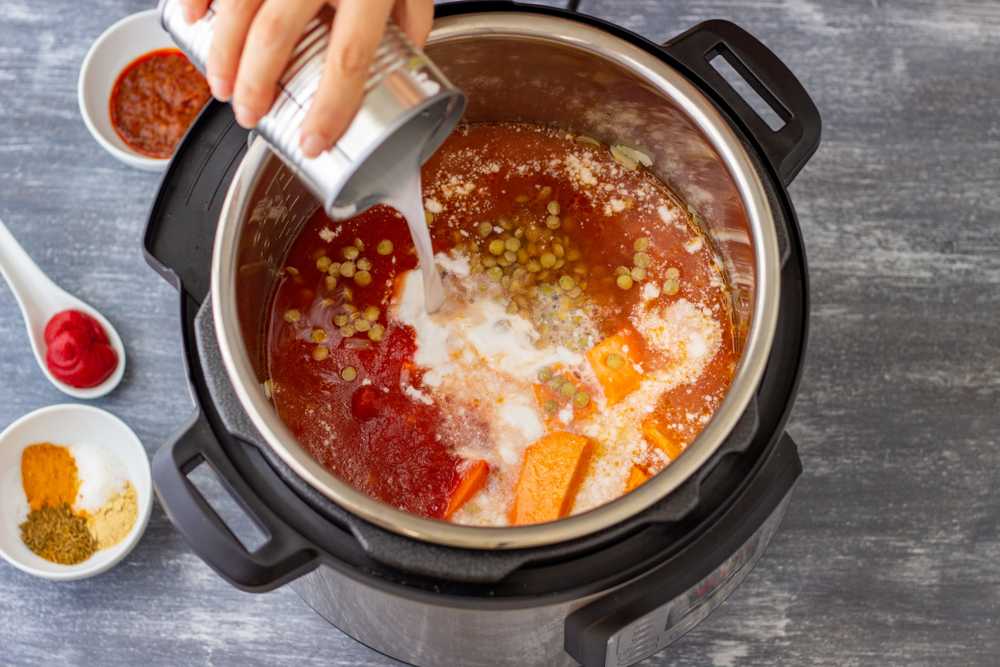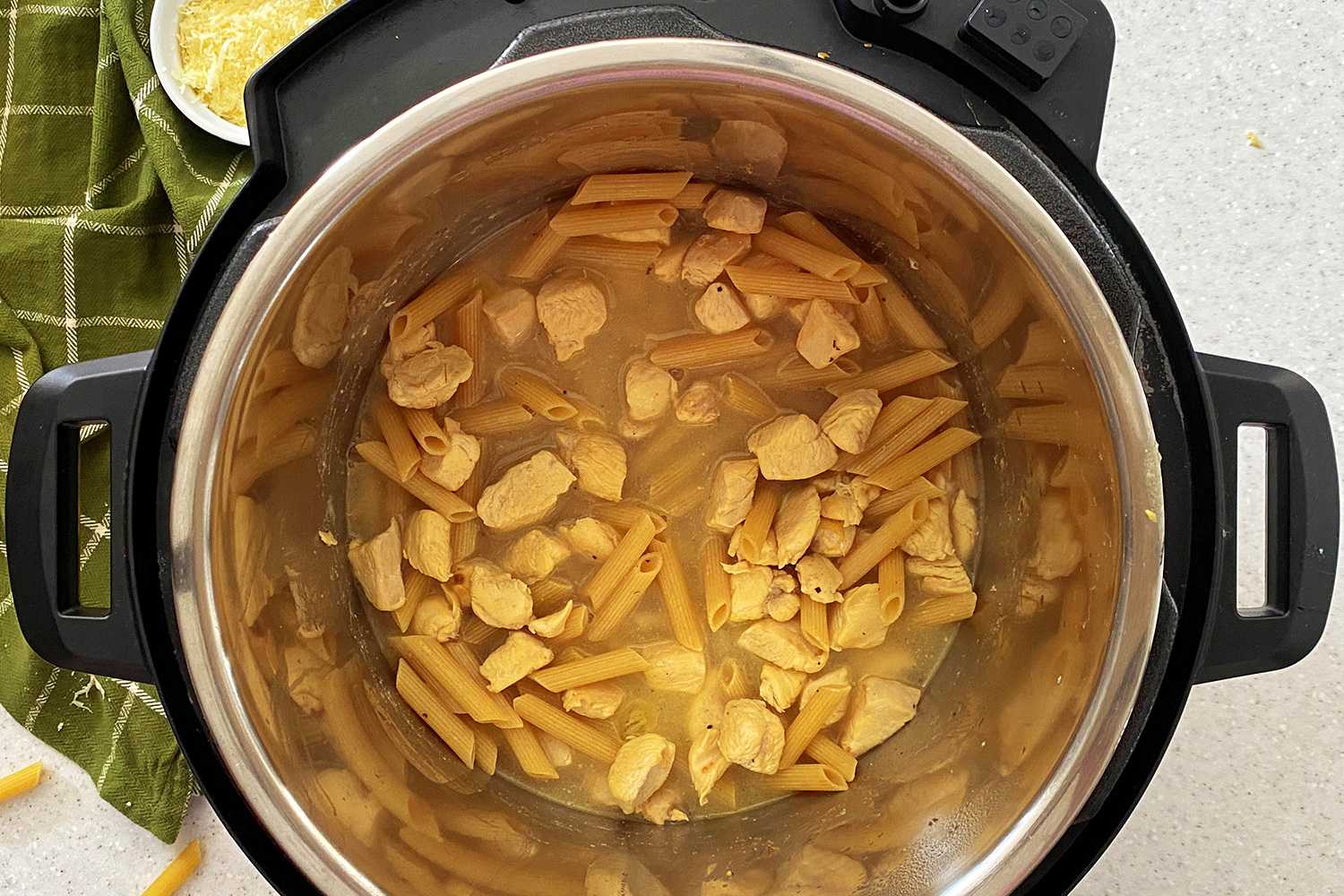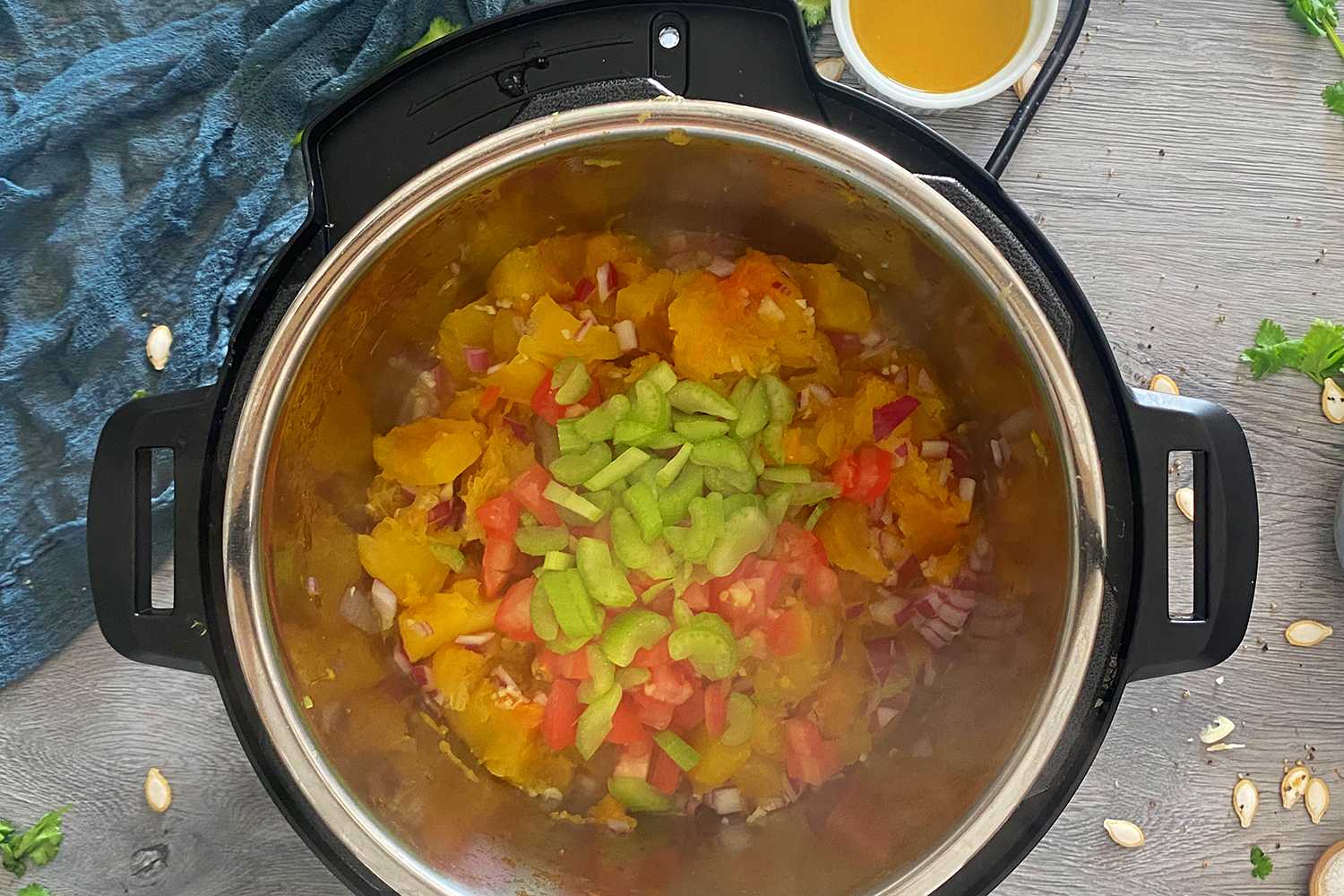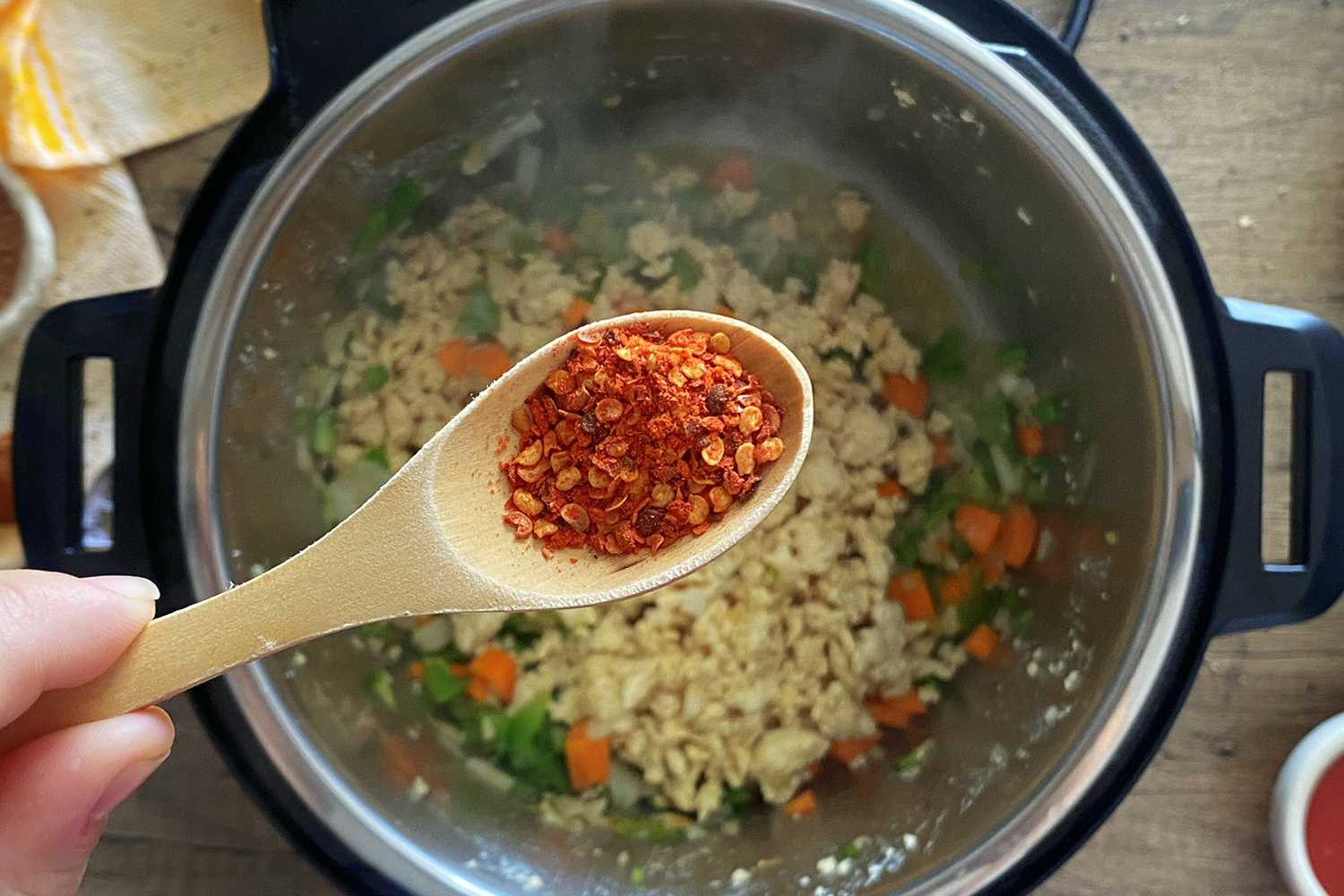If you are reading this then you are probably wondering about the risks of overfilling a pressure cooker.
I've used some smaller pressure cookers before and I have frequently found myself wondering the same thing.
Let me tell you what I've learned.

Table of Contents
What Happens if I Overfill my Pressure Cooker
Overfilling a pressure cooker has various effects, including loss of flavor and texture. This is caused by the excessive pressure generated by the glut of liquid. Too much pressure breaks down food.
As for the risks it is also possible for the food to block the pressure valve if the pot is filled too high. if the pressure release valve is blocked then the risk for over-increasing pressure levels starts to grow. If the safety valve is not able to vent properly then the lid can no longer regulate pressure and it can grow to dangerous levels.
See this post to read more about the maximum safe pressure these pots can get to.
If you have a lot of food to cook you still have to add the water. Pouring too little water in an effort to keep the pressure cooker from being overfilled is known to damage various components permanently. These include silicone fittings, cooker's metal and the bakelite.

Is Using a Pressure Cooker Worth the Risk?
Preparing food with a pressure cooker is a sure-fire way to ensure healthier and tastier meals. The appliance has the capacity to cook different types of food in a shorter time (70 percent faster) with less energy than traditional methods.
Assuming you follow all safety precautions then you shouldn't have to worry about anything. Use a pressure cooker daily is certainly worth it.
In addition pressure cookers provide a viable way to retain much more of food's nutritional value. Conversely, cooking with a stove obliterates many nutrients that are naturally found in food. As a result, much-needed minerals and water-soluble vitamins are either washed away or cooked out. The quality of food suffers.
Pressure cookers use less water allowing vegetables to retain the crispiness, flavor and texture. This makes meals remarkably delicious. On the other hand, meats retain the desired juicy and moist quality. Super-heated steams tend to intensify natural flavors. The appliances are designed to prepare roasted beef in as little as 30 minutes and beef stew in 15 minutes.

What's the Maximum Capacity of a Pressure Cooker
The appliances typically come with at least two maximum capacities, high and low. Use of these two setting are determined by the type of food being used. When cooking grains, beans and rice, the pressure cooker should be filled to half. All other foods can be filled up to two-thirds.
Beans generally expand to double their original size during cooking. Rice and grains (like wheat pearls, quinoa or farro) tend to generate a significant amount of foam and bubbles in addition to swelling. These foods spray out of the cooker's valves once they generate foam and bubbles.
For this reason, manufacturer's recommend opening the cooker using the natural release technique. This method is aimed at preventing the foam from spraying out. Foods that do not expand and create foam include soups, vegetables, meats and more. Mixing beans with vegetables and soup allows you to fill the appliance up to two-thirds.
In this case, the vegetables and soup counteract the expansion and foamy characteristics of beans. When cooking pasta and chickpea minestrone, it is vital to avoid overfilling the cooker by going beyond half full.
A pressure cooker's maximum capacity serves as a safety feature that must be taken seriously. Ignoring the recommended capacity has the potential to create a hazard. The appliances receive a UL rating when they display a warning or guideline about maximum capacity. UL-136 of 2009 provides rating guidelines for all pressure cookers. These include weight-modified, jiggler, spring valves and electric pressure cookers.
Some of the sizes covered include 1 to 12 liters regardless of shape (stockpot, braiser and pressure pans). The origins of the appliances covered by the UL-136 of 2009 include Europe, Asia and America.

The recommended capacities take into account safety mechanisms. The cookers come with valves and standard safety mechanisms located in the lid. Therefore, the limits are designed to prevent both the food and the liquid from triggering or interfering with the safety mechanisms.
The majority of mishaps associated with the appliances involve the disregard or lack of knowledge about these safety requirements. Applicable measurements are usually rounded down. One cup is somewhat equivalent to dry contents that measure up to 250 milliliters.
On another level, the cooker requires a certain amount of liquid as a minimum to generate sufficient steam. Manufacturers recommend varying liquid requirements based on the specific design characteristics. See this post for more: Do You Need Water In A Pressure Cooker Every Time?
I think I filled the cannier with you much water. Will the soup qt jars be okay?
Hi I have a Good Question for you. I bought a Nuwave pressure cooker.I loved it. I had a problem. used it everyday had to stop using it When I would release the valve all the steam would go up in the ceiling.The problem was that my whole house smells of onions and garlic and my clothes smelled to. I dont think that there is an answer to my problem. I gave it away. what do other people do.Iam sure they have that smell to/ Thank You Rose
When I want to release all the steam and pressure before opening, I place the cooker in the sink and open the cold water tap and let the water run over the lid. This releases the pressure in just a few seconds.It really works well and is a safe way to open your cooker.
When you need a quick release pressure, then this method can be used.
Never run cold water over a Hot pressure cooker, ever! This is very dangerous, especially something under heat and pressure. People have died this way. Cold water instantly condenses the hot steam inside the cooker, this quick temperature change creates a quick pressure drop. This sudden drop in pressure can and when done enough can weaken the structural integrity of the cooker or cause the thing to explode. This is the same effect which causes hot water tanks and old broilers to explode. Not safe. Think about it, you ever seen a hot glass plate or cup when touches something cold shatters? It’s due to the molecules at the cooling point contracting faster than the other molecules that are hot. This causes the glass to shatter. In the case of metal, it can create little cracks or explode. Be safe people.
Running cold water over it is the way to release pressure if you have an older style pressure cooker.
You need an ozone generator. Check out A2Z ozoned. It’s an American company. It works. 100%.
Hi there, I was just looking at this page, I grew up with one of the very old pressure cookers & although I have a lovely new one I often revert to the one I inherited from my mother. She always used to carry the pressure cooker to the sink and poor water over it to let the pressure go down & never released the valve until you visually saw the lid drop - I only do this now still and have never had that problem at all. buy another one - you won't regret it... Ali
Once you cooked the food then before opening, instead of releasing pressure by lifting a valve, you just take that cooker to wash basin and pour the water on lid of cooker. Then you'll get the small changes like the lid will go down little. Then open the lid. There'll be no pressure anymore